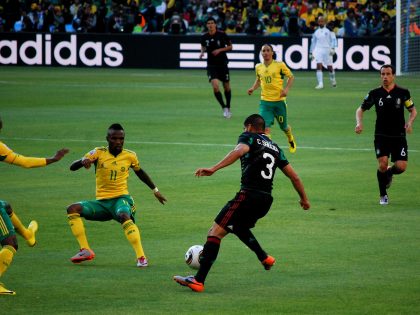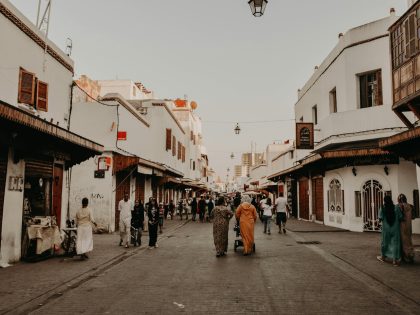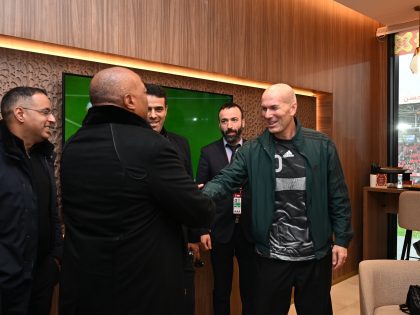Has the giant fallen?
The split within South Africa's largest trade union federation, COSATU.

Flickr CC.
Recent developments in the largest trade union movement in South Africa, the Congress of South African Trade Unions (COSATU), have been nothing short of extraordinary and cataclysmic. It is now commonly accepted that the ‘giant’ whose arrival was so evocatively declared by (now South African Deputy President and then mineworkers’ union official) Cyril Ramaphosa in 1985 is on its knees. On top of that, all of its dirty linen is now on public display for all to see and scrutinize. The so-called expulsion of the National Union of Metalworkers (NUMSA), one of its largest affiliates, was supposed to be a show trial aimed at asserting the authority of leaders allied to what has been until now the hegemonic ANC/SACP political current within the federation. But the significance of these events is much greater than was intended by those who staged the show trial. This has left many in a state of shock and sadness, with analysts and journalists scrambling for ways to explain the implications of the ‘expulsion’ of the federation’s largest and best resourced affiliate.
I have observed developments in COSATU for the last 22 years since I left the employ of one of its affiliates and I am now convinced that what we have before us is not a mere expulsion of an errant affiliate. What we are witnessing is a split of the federation taking place in slow motion. The expulsion of Numsa was merely the spark that ignited an already highly combustible situation that had been building up since Cosatu’s last congress where nifty last minute negotiation averted a toe-to-toe contest for leadership positions. By ignoring calls for a special congress and instead expelling Numsa, COSATU leader Sidumo Dlamini and his allies succeeded in drawing the battle lines between the two factions and forcing the current split. We now know that seven other affiliates and COSATU general secretary Zwelinzima Vavi have openly revealed their game plan by supporting Numsa. In addition, significant sections of the unions on Dlamini’s side – Sadtu, Num, Ceppwawu, Satawu, etc – support Numsa and Vavi. The decision by the seven unions to boycott Cosatu structures, Vavi’s refusal to sign the Numsa expulsion letter, his public distancing from the CEC decision and his boycott of the press conference called by Dlamini to formally announce the expulsion have served to confirm the split once and for all.
What remains to be seen now is not whether the factions will split, they have split already! The question is, which will successfully wrestle and walk away with the mantle of the glorious giant we once called Cosatu. It would appear that some in the Vavi/Numsa faction are even prepared to forego the name because its reputation is in tatters.
None in the once hegemonic ANC/SACP faction bargained for a full-blast split. Their calculations seem to have been predicated on the scenario that once Numsa was expelled it would be consigned to the wilderness and, in time, some would trickle back, just like we saw with some splinters in the past, notably Cope. They never bargained for a split as we are now witnessing. The split has caught them off guard and they never imagined that there would be such groundswell of dismay at the decision and support for Numsa and Vavi.
In 1997 I wrote a paper (for the South African Labour Bulletin) on the tripartite alliance titled “Flogging a Dying Horse: Cosatu and the alliance.” I took a lot of flak for writing the paper and the book I subsequently published in 2010 (A Paradox of Victory). Some in COSATU never forgave me for the things I wrote. But union developments over the last two years have been extraordinarily sad and even tragic. This is not the time to spend settling scores or gloating about who was right. I hope that characterizing the events of the last few days as a split of Cosatu rather than a mere expulsion of Numsa will not earn me condemnation and insult.
Image Credit: Abayomi Azikiwe on Flickr.



















